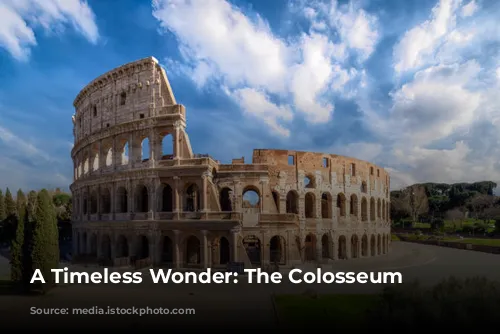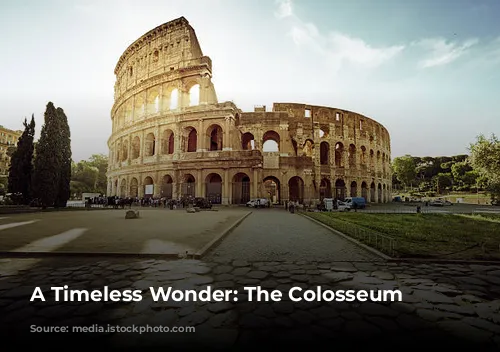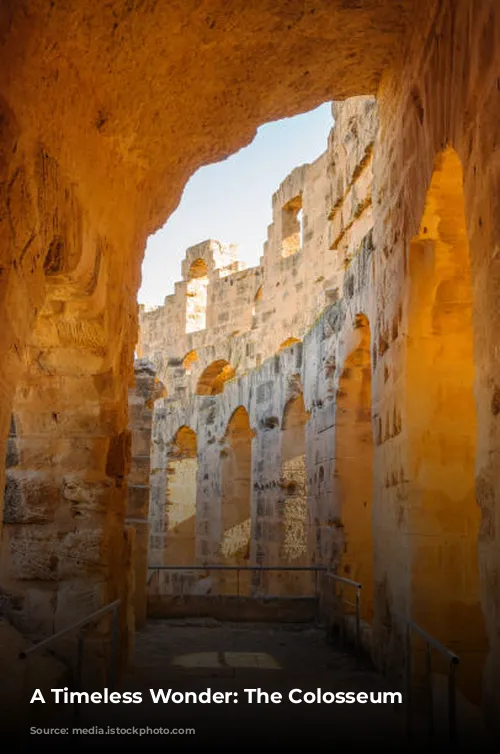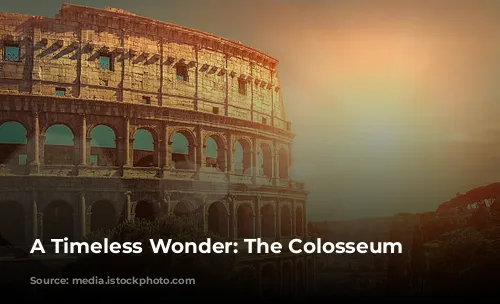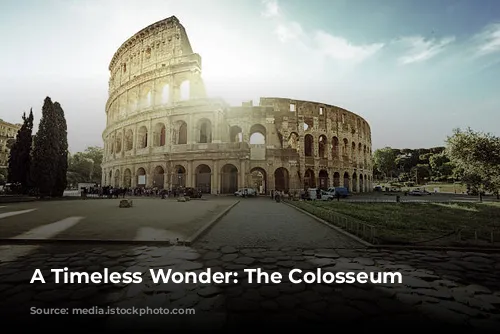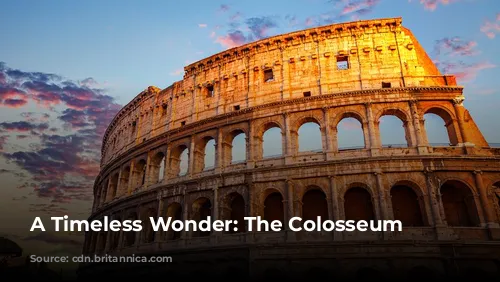Imagine standing in the shadow of a towering structure, a testament to the power and ingenuity of ancient Rome. The Colosseum, a magnificent ampitheatre built under the Flavian emperors, is more than just a historical relic; it’s a living embodiment of the grandeur of a bygone era.
A Monument to Roman Prowess
The Colosseum stands today as a powerful symbol of the Roman Empire’s architectural and engineering prowess. It’s one of the few mostly intact structures from that period, offering a glimpse into the ingenuity of the ancient Romans. Its significance extends beyond mere history, as it also drives a considerable chunk of Italy’s tourism revenue. The Colosseum, along with the Roman Forum and Palatine Hill, raked in more than $63.3 million (€53.8 million) in 2018, making it Italy’s top tourist attraction.
From Glory to Neglect and Revival
The Colosseum’s journey has been as fascinating as its architecture. After the fall of the Western Roman Empire, it fell into disrepair. The 12th century saw the Frangipane and Annibaldi families use it as a fortress. Then, in the late 15th century, Pope Alexander VI allowed the Colosseum to be used as a quarry, further dismantling its grandeur. For over a thousand years, the Colosseum lay neglected until state-funded restoration efforts began in the 1990s.
A Symbol of Imperial Power and Entertainment
The Colosseum was built as a part of Rome’s revival following the tumultuous year of the four emperors in 69 CE. Emperor Vespasian, seeking to restore Rome’s glory, envisioned the Colosseum as an entertainment venue, a place for gladiator fights, animal hunts, and even mock naval battles.
A Triumph of Engineering and Design
The Colosseum’s construction began under Emperor Vespasian between 70 and 72 CE. It was completed and dedicated in 80 CE by his son and successor, Titus, with the final story added by Emperor Domitian in 82 CE. The arena was funded using spoils from Titus’s conquest of Jerusalem in 70 CE, built by enslaved Jews from Judaea.
The Colosseum is an elliptical structure made of stone, concrete, and tuff, standing four stories tall. It measures a staggering 620 by 513 feet (189 by 156 metres) and had a capacity of 50,000 spectators. Its design, a complex system of barrel vaults and groin vaults, was revolutionary for its time.
A Stage for Spectacles and Spectacle
The Colosseum offered an unparalleled experience for its spectators. Its massive retractable velarium, supported by masts extending from corbels built into the top story, protected them from the sun. The arena was home to gladiatorial combats, contests between men and animals, and even elaborate mock naval battles.
A Legacy of Resilience
While its original use may have faded, the Colosseum’s legacy lives on. It served as a church in medieval times and a fortress for the Frangipane and Annibaldi families. It faced damage from lightning, earthquakes, vandalism, and pollution, losing its marble seats and decorative materials over centuries. Despite the neglect, preservation efforts began in the 19th century, with notable contributions from Pius VIII. The 1990s saw a major restoration project, breathing new life into this timeless monument. Today, the Colosseum is one of Rome’s top tourist attractions, drawing close to seven million visitors annually.
The Colosseum is a testament to the ingenuity and ambition of the Roman Empire. Its journey from grand arena to neglected ruin and back to its former glory is a reminder that even the most formidable structures can be restored and celebrated for generations to come.



